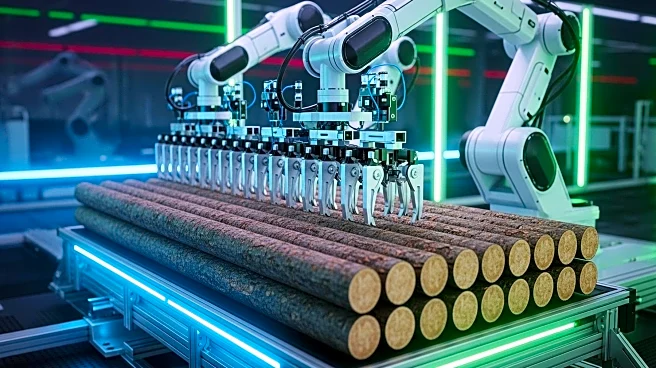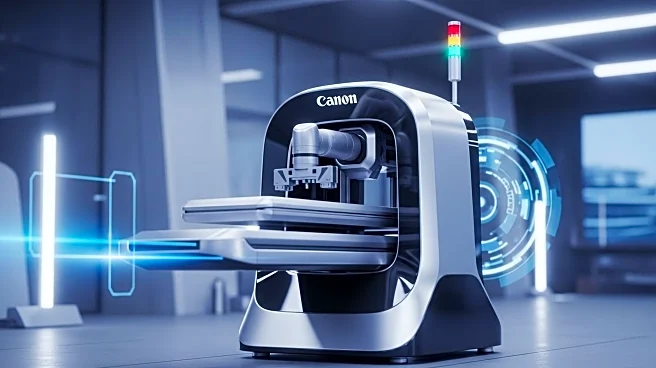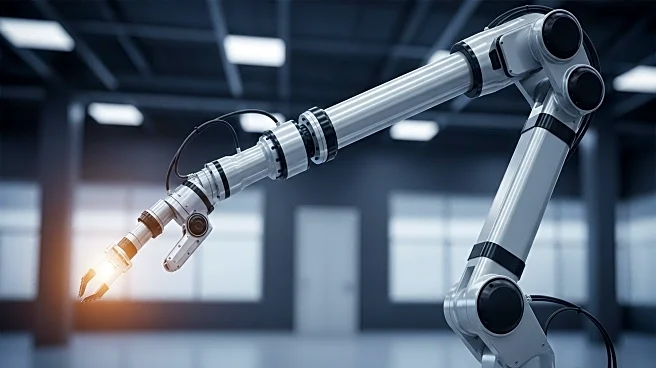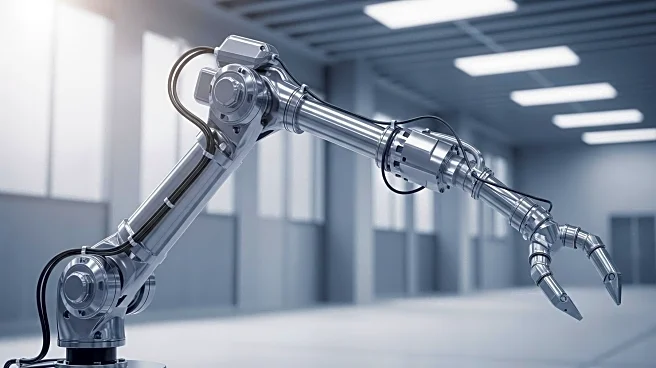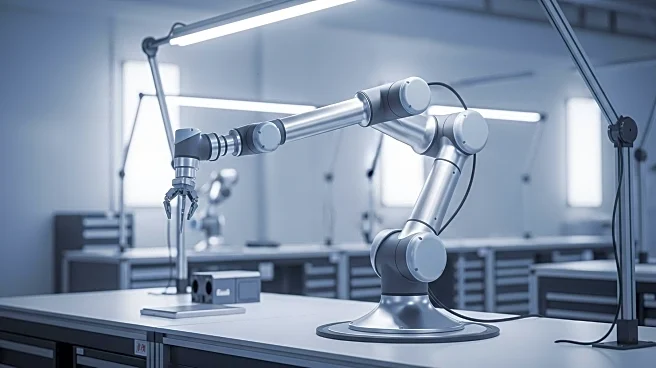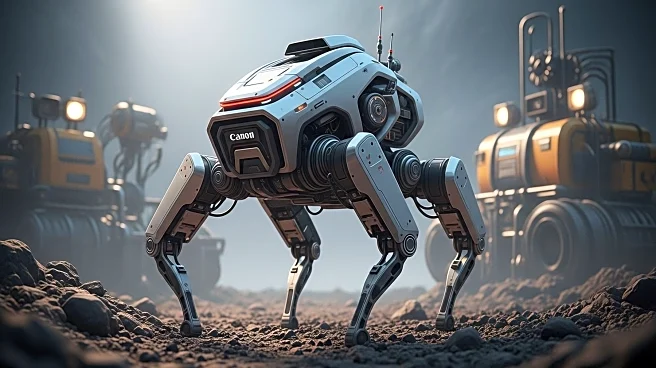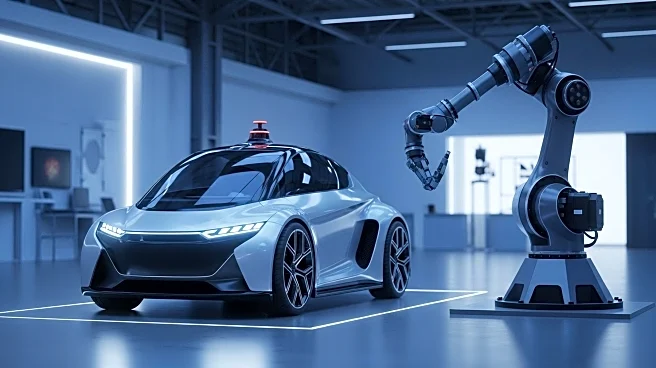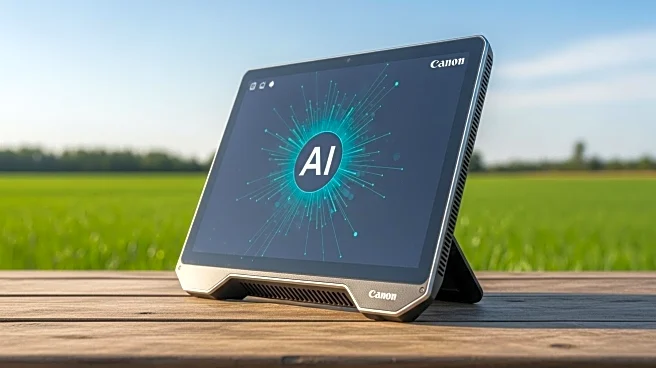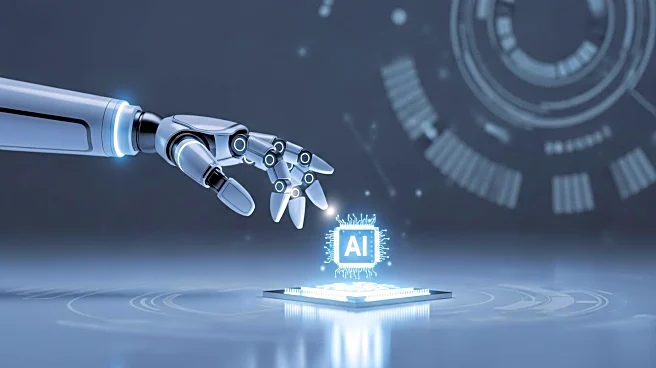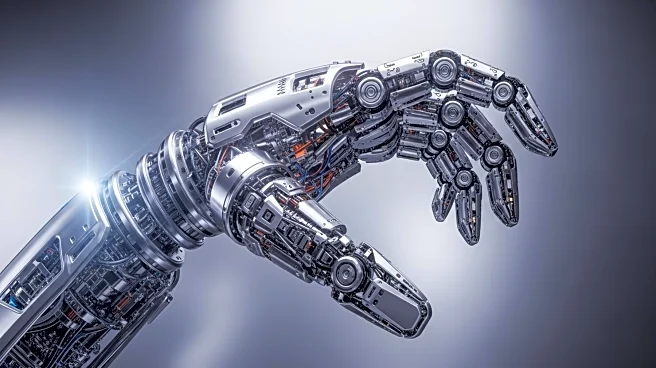What's Happening?
The integration of robotics and automation in workplaces is revolutionizing the investigation of injury claims by shifting from subjective human testimonies to objective data-driven analysis. Robotic systems continuously record operational data, including timestamps, motion trajectories, and error codes, creating an immutable digital history of machine activity before accidents occur. This evidentiary shift is particularly significant in cases involving collaborative robots and autonomous mobile robots, where navigation records and actuator force feedback can reconstruct accidents with unprecedented detail. The preservation and analysis of this data require technical expertise to ensure its integrity and admissibility in court.
Why It's Important?
The use of sensor data and logs in workplace injury claims is transforming accountability and safety standards. By providing detailed evaluations of incidents, this data can allocate responsibility among manufacturers, systems integrators, and employers, potentially revealing software errors or miscalibrated safety barriers. This shift drives the creation of stronger safety protocols and improved robot designs, promoting safer collaboration between humans and robots. The impartial documentation offered by robotic logs minimizes conflicts and speeds up resolution, necessitating greater cooperation between legal and technical specialists to ensure accurate narratives are conveyed.
What's Next?
As robotics and automation continue to advance, digital evidence is expected to become the most reliable witness in modern factories. Manufacturers are likely to incorporate more extensive logging and self-checking features into their systems, establishing a feedback loop that uses information from past events to prevent future mishaps. Legal standards for accepting digital evidence are evolving, requiring professionals with technical and legal knowledge to render this evidence admissible in court. This development may lead to increased collaboration between forensic data specialists and personal injury attorneys to effectively present technical evidence during negotiations or in court.
Beyond the Headlines
The shift to data-driven injury claims highlights ethical and legal challenges, such as conflicts over data ownership and disclosure, as corporations may be reluctant to share information that could indicate liability. Additionally, the complexity of unprocessed data feeds from industrial robots poses challenges in court, necessitating the conversion of technical details into straightforward visual representations. This transformation in workplace safety underscores the need for ongoing adaptation of legal standards and practices to accommodate the growing role of digital evidence.

